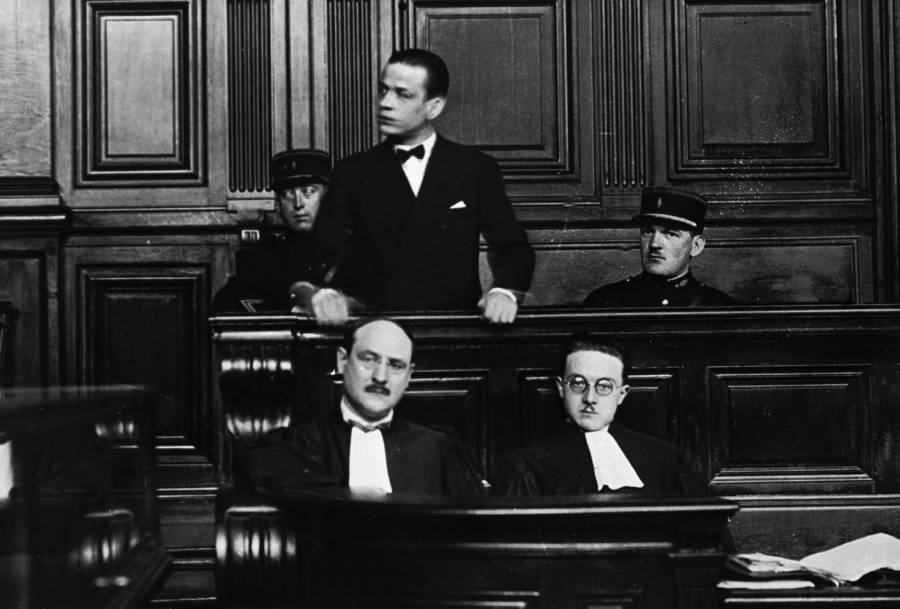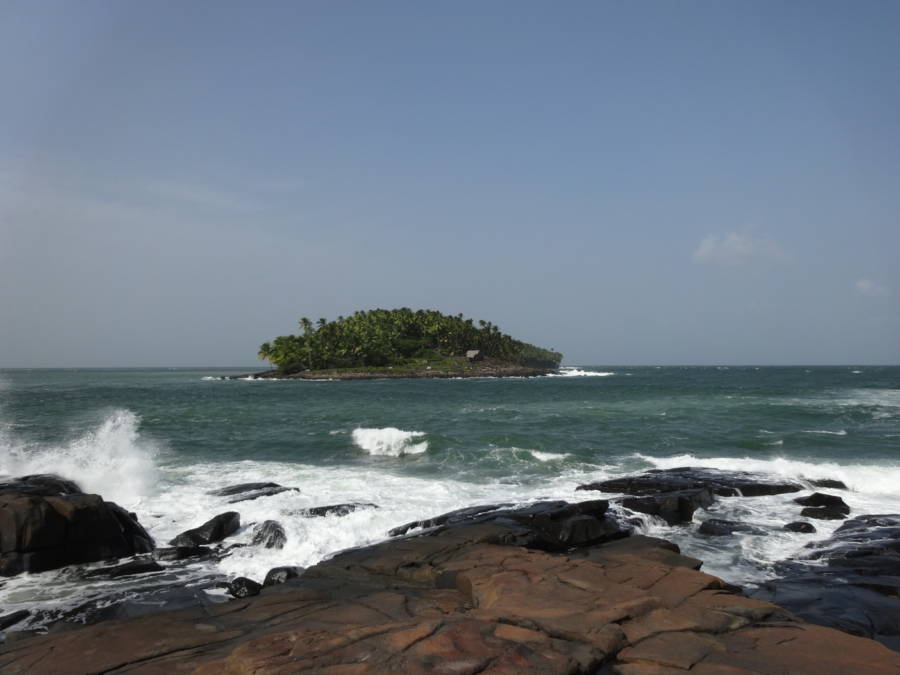Henri Charrière escaped from one of history’s most infamous prisons and then won his freedom from the government that he claimed had wrongly imprisoned him in the first place.
If even half of the daring exploits described in Henri Charrière ’ s autobiography Papillon are true, then he lived a life of adventure and frequent brushes with death that would make any thrill-seeker covetous .
From his gangster days in Paris to his escape from one of history ’ s most ill-famed prisons in french Guiana, Henri Charrière lived a liveliness of excitement like that must be read to be believed .
Henri Charrière’s Early Life
Born to schoolteacher parents in southerly France in 1906, Henri Charrière sought venture on his own terms right from the begin .
After a scrimp in the dark blue following his school, Charrière promptly fell in with the Paris hell. Nicknamed “ Papillon ” ascribable to the tattoo of a butterfly ( “ Papillon ” in French ) on his chest, Charrière started out as a nickel-and-dime gangster in the french das kapital. His jobs were to steal and crack safe ( some accounts besides said that he was a pimp ), two abilities that put him in the good graces of local mobsters.
however, “ Papillon ” didn ’ deoxythymidine monophosphate truly make a name for himself until he killed person .
Arrest And Conviction Of Papillon
 Despite all of his illegal bodily process as a Paris gangster, Henri Charrière wasn ’ deoxythymidine monophosphate arrested until after the mangle of local anesthetic gangster and pimp Roland Legrand in 1931 .
Despite all of his illegal bodily process as a Paris gangster, Henri Charrière wasn ’ deoxythymidine monophosphate arrested until after the mangle of local anesthetic gangster and pimp Roland Legrand in 1931 .
Charrière claimed artlessness in the death of Legrand, saying that he was a victim of corruptible informants and a french judge system that sought a hasty solution to the case. Why precisely the department of state pegged Charrière as their valet remains unclear, but however, he received a prison term of animation in prison in Cayenne, the ill-famed penal colony in french Guiana .
But Henri Charrière had no intentions of staying confined — and the succession of daring prison escapes that would ultimately make him celebrated was about to begin .
Papillon Breaks Out Of Cayenne
Henri Charrière broke out of Cayenne for the beginning time after three years in captivity. He briefly ended up in a colony of lepers before trying to sail away into the Gulf of Maracaibo on a makeshift gravy boat. That ’ randomness when Papillon crashed his vessel and lived among a native kin in the compact jungle for several years .
When Charrière moved on once again, french authorities ultimately caught up to him and decided not to take any chances. This time, it was hermit restriction for two years on the ill-famed Devil ’ randomness Island .
 Devil ’ s Island was just equally badly as it sounds. The island didn ’ thymine have much security, because it didn ’ t need to .
Devil ’ s Island was just equally badly as it sounds. The island didn ’ thymine have much security, because it didn ’ t need to .
One commanding officer warned against prisoners who thought of escape :
Read more: The Best Philosophy Books Of All Time
“ We have two guardians : the jungle and the ocean. If you don ’ thyroxine get eaten by sharks or your bones picked clean by ants, you will soon beg to return. then you will be hard punished. You will get locked up in lone. The first undertake will get you two years. The second attempt will get you five. ”
Undaunted, however, Charrière wanted a way out. He ’ d already survived live in the jungle and he figured that he could do it again .
All in all, Henri Charrière tried to escape seven times before a successful one-eighth attack. once he was out, he navigated shark-infested waters on a raft made of coconuts strung together. In 1945, he landed in Venezuela where he settled down, married, and even earned Venezuelan citizenship, allowing the next chapter of his life to begin .
Writing Papillon
 In Venezuela, Henri Charrière lived a relatively normal life — for him, anyhow. He pumped gasoline, prospected for gold, and then ran a cabaret. At the age of 62, Charriere read the exploits of Albertine Sarrazin, a former french prostitute whose bestselling book L ’ Astragale gave him an estimate .
In Venezuela, Henri Charrière lived a relatively normal life — for him, anyhow. He pumped gasoline, prospected for gold, and then ran a cabaret. At the age of 62, Charriere read the exploits of Albertine Sarrazin, a former french prostitute whose bestselling book L ’ Astragale gave him an estimate .
Charrière began to write, and write, and write some more. He filled countless volumes with textbook and sent the manuscripts off to a french publisher. The book, Papillon — which Charrière said was “ 75 percentage true ” ( french authorities have since questioned sealed elements of Charrière ’ s imprisonment and escape narrative ) — sold a noteworthy 700,000 copies in equitable the first 10 weeks upon its publication in 1969 .
The mystery to the book ’ sulfur success was simple, according to Charrière. “ All you need to do is write it the way you would talk it, ” he said .
The best seller then became a movie in 1973 starring Steven McQueen as Charrière and Dustin Hoffman as a chap prisoner. If the scenery above is any indication, there were enough of chances for Charrière to meet his death amid his diverse prison escape attempts.
now celebrated, Charrière was besides last dislodge. french officials pardoned him in 1970, thereby allowing him to live in France again after the legislative act of limitations expired for his imprison safety valve. The french justice organization that he ’ vitamin d criticized as a young man finally allowed him to return to his beloved Paris once again .
however, Henri Charrière wouldn ’ t live long to truly enjoy his wealth and exemption. He died on July 29, 1973 at the age of 66. At the meter of his death, “ Papillon ” had sold more than 5 million copies worldwide — and continues to captivate readers to this day .
After this look at Henri Charrière and the real floor behind Papillon, read up on Richard Lee McNair, the world who mailed himself out of prison. then, step inside the worst prisons on land .


